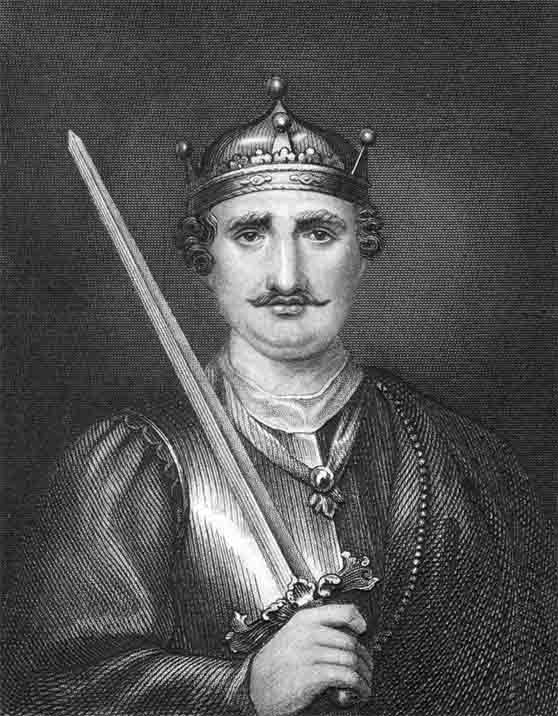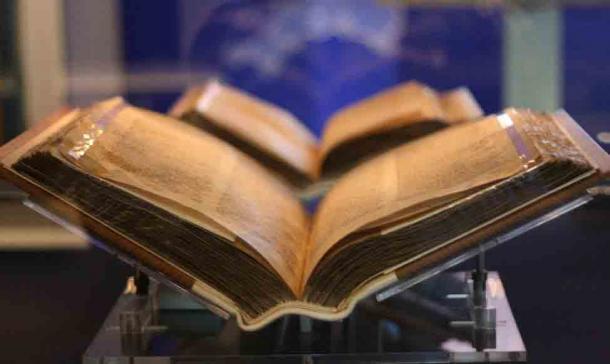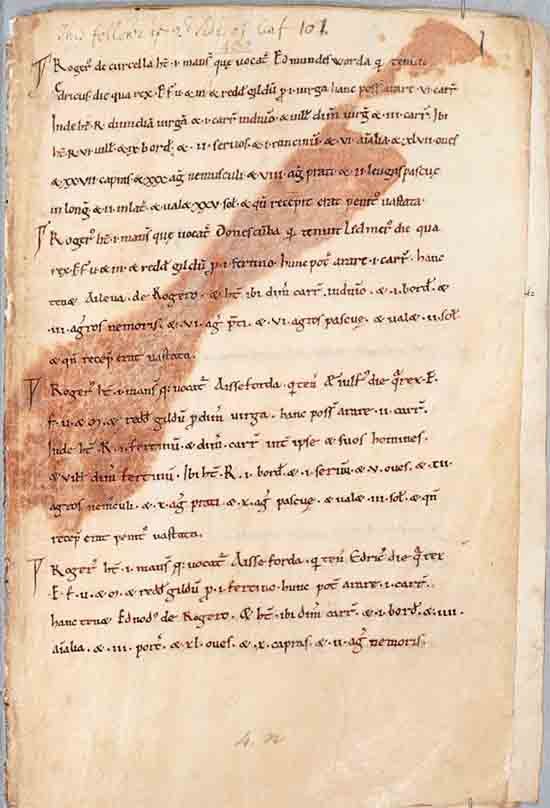New research has cast light on how and why the iconic Domesday Book was created. The study shows that the work of the medieval scribes was so efficient and sophisticated that they accomplished what a University of Oxford professor calls “one of the most remarkable feats of government in the recorded history of Britain.” The information taken from the survey served a variety of purposes over the years and you could say that the Domesday is a lasting medieval database.
What is the Famous Domesday Book?
The iconic Domesday Book is a 913-page-long tome that is the earliest public record in Britain. It was completed following a huge land and landholding survey that was commissioned by William I, aka William the Conqueror, in 1085. Veronica Parkes explains William the Conqueror’s motivation behind the project, writing “War was an expensive business and William needed some way to pay his soldiers who had fought for him. He also needed to know how much financial damage his invasion had done to the recently conquered country. So, he conducted a survey to determine the wealth and assets of the people in England.”

William the Conqueror commissioned the survey that resulted in the famous Domesday Book. ( Georgios Kollidas /Adobe Stock)
Now, Dr. Stephen Baxter, Associate Professor of Medieval History at the University of Oxford, has discovered some surprising facts about the depth, speed, and sophistication of the survey which led to the famous Domesday and other texts, which formed a useful medieval database that is still examined by historians today.
An Extensive Yet Efficient Survey
One of the most surprising finds from the study published in the English Historical Review is that the first draft of the survey covering England south of the River Tees was completed in just 100 days. Dr. Baxter says:
“Domesday Book is at once one of medieval England’s best known and most enigmatic documents. The reasons for—and processes behind—its creation have been the subject of debate among historians for centuries. This new research, based on the earliest surviving Domesday manuscript, shows the survey was compiled remarkably quickly and then used like a modern database, where data is entered in one format and can be extracted in other formats for specific purposes.”
The Archaeology News Network reports that the survey information was “checked and reorganised in three further stages, resulting in the production of new documents, each carefully designed for specific fiscal and political purposes.” The famous Domesday Book is just one of the texts that was created as a result of the extensive survey process.

The original Great Domesday book and Little Domesday book of 1086, seen in the museum at the National Archives, Kew, England. (Andrew Barclay/ CC BY-NC-ND 2.0 )
Delving into the Medieval Database
Dr. Baxter’s paper explains that the research was focused on the earliest surviving Domesday manuscript, the Exeter Cathedral Library MS 3500, aka the Exon Domesday. The research suggests that several scribes worked on the project over the summer of 1086. Dr. Baxter has discovered what sources were drawn upon to create the text, what each scribe wrote and how they collaborated. He also identified the five stages in creating the Domesday Book, writing:
“First, the survey was launched at Gloucester in midwinter 1085; secondly, fiscal information extracted from geld assessment lists was integrated with manorial detail supplied by landholders to create a survey organised on a geographical plan by hundred; thirdly, this hundredal recension was checked by a second group of commissioners at meetings of shire courts, generating a substantial corpus of contested matter; fourthly, the hundredal recension was restructured into circuit returns which grouped together and summarised the holdings of barons who held directly from the king; fifthly, Domesday Book itself was written directly from these circuit returns.”
Looking for Ideas Abroad
Dr. Baxter notes that “This research shows the compilation of Domesday to be one of the most remarkable feats of government in the recorded history of Britain,” but he also mentions in his work that this massive survey drew upon ideas, technologies, and personnel from other parts of Europe. For example, the study reveals that the Exon Domesday’s scribes were trained in either Normandy or another part of north-west Europe. As Baxter says, “The Domesday survey was, therefore, a distinctively English yet fundamentally European phenomenon.”
When William I and the Normans conquered England in 1066, they faced the challenges of governing conquered people. They looked abroad for inspiration and talent and came across the scribes they wanted and the Emperor Charlemagne’s impressive surveys and later French confirmation charters.

Page in the Exon Domesday. (Exeter Cathedral Library/ CC BY 4.0 )
With that inspiration and technology that was no more complex than some parchment, pens, ink, and human contact, Dr. Baxter says they “effectively compiled and manipulated a database of England’s landed wealth in less than nine months.” The Normans adapted to the challenge and left future historians with fascinating glimpses into life in Medieval England .
Top Image: New research reveals the origins of the scribes behind the famous Domesday book and how they made this medieval database. Source: Nejron Photo /Adobe Stock
Related posts:
Views: 0
 RSS Feed
RSS Feed
















 January 14th, 2021
January 14th, 2021  Awake Goy
Awake Goy  Posted in
Posted in  Tags:
Tags: 
















